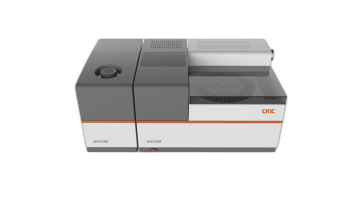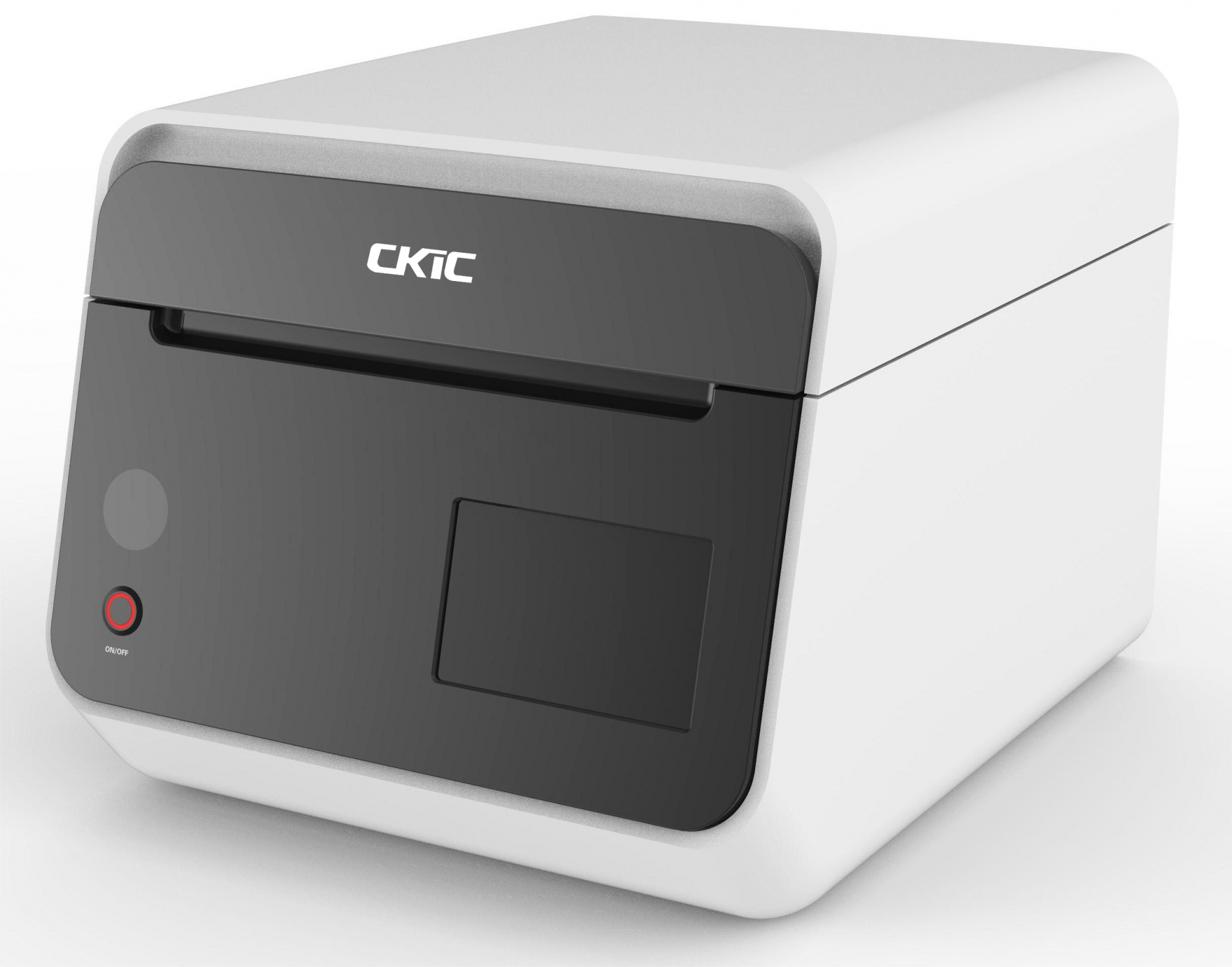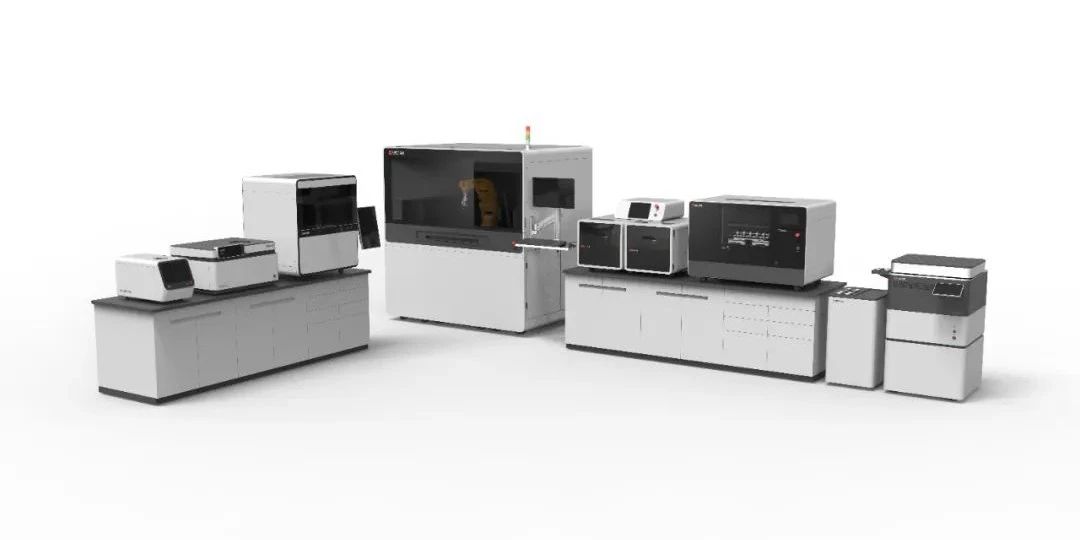The production of a qualified bottle of soy sauce presents challenges at every stage, from raw material selection, and fermentation, to finished product filling. Recently, Consumer Reports submitted 13 common soy sauce products on the market for testing, revealing cadmium in 12 of them. The limitations of traditional determination technologies are exposing vulnerabilities at these critical stages, from raw materials to production.
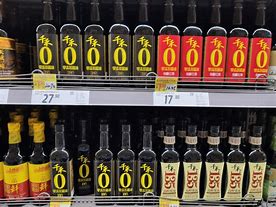
Raw Material: Cadmium Existing in Soybeans/Water/Additives
Cadmium is present in the soil where soybeans are grown, as well as in polluted water and impurities involved in soy sauce production. The traditional ICP-MS method requires time-consuming pretreatment steps, including grinding, digestion, dilution, etc, which can take up to 12 hours. This makes it impractical for the rapid daily screening of hundreds of tons of raw materials.
Production and Fermentation: Hidden Risks of Batch Contamination
Changes in temperature and humidity during the fermentation process may activate microbial metabolism, leading to the abnormal release of cadmium. Although GFAAS offers high precision, the cost of testing a single sample exceeds RMB 80. This forces enterprises to reduce the frequency of sampling and determination, potentially leading to hidden risks of batch contamination.
Finished Product Delivery: The Cost of Delayed Determination
If cadmium content exceeds the limit in final test, the entire batch of products must be discarded, resulting in an average loss of over RMB 200000.
Breakthrough Solution: Whole-process Innovation with Solid Sampling Atomic Absorption Spectrometry
Traditional analyzers use ICPMS and GFAAS methods, which, however, face challenges such as complex preprocessing, long testing times, and high costs, making them unsuitable for incoming material testing and rapid onsite testing during production process. Below is and introduction to an automatic cadmium analyzer utilizing solid sampling atomic absorption spectrometry:
-No Digestion Required: solid samples can be directly loaded, eliminating the need for complex pretreatment such as acid boiling and filtration.
-High Efficiency: 3 minutes per sample, enabling real-time screening of incoming raw materials and dynamic sampling inspections on the production line.
-Low Cost: reduces consumable costs by 70%, allowing for comprehensive and frequent tests.
5E-AA2288 Automatic Cadmium Analyzer
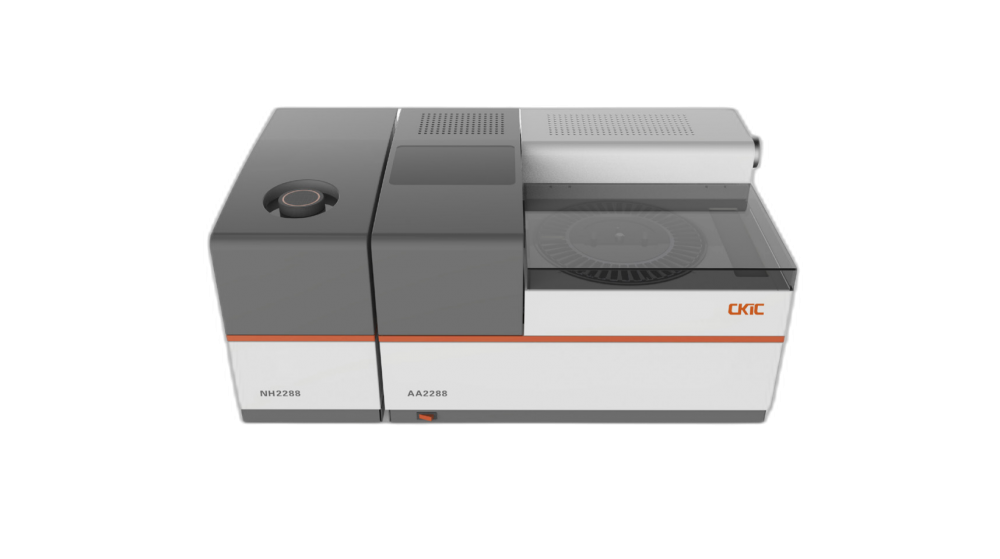
-Test Element: Cadmium
-Test Method: Solid Sampling Electrothermal Vaporization Atomic Absorption Spectrometry
-Sample Type: Grain samples such as rice, wheat, corn, soybeans, etc.
-Typical Application: Research-grade equipment for laboratory applications
Features
1. High precision: repeatability with RSD < 3%;
2. Rapid analysis: 3min per sample; 45-position automatic sample loading;
3. User-friendly design: direct solid sample loading; no chemical pretreatment required.
4. Wide test range: 0.002mg/kg~100mg/kg.
AF1000 Atomic Fluorescence Photometer
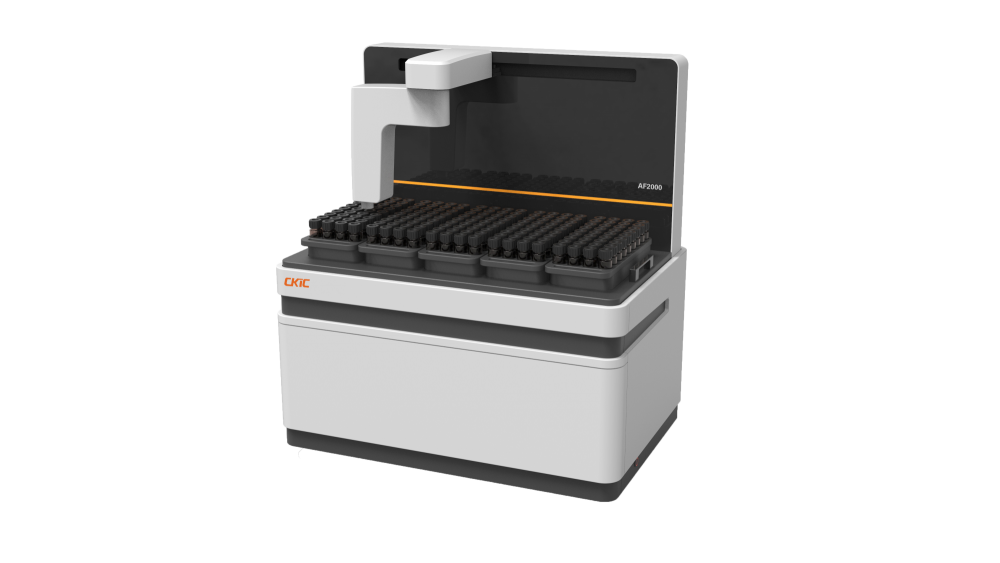
-Test Element: As, Hg, Se, Sb, Pb, Ge, Sn, Bi, Cd, Zn
-Test Method: Atomic Fluorescence Spectrometry (AFS)
-Sample Type: Grain samples such as rice, wheat, corn, soybeans, potatoes, sorghum,etc.
-Typical Application: Laboratory analysis
Features
1. Unique structure: dual-channel four-lamp position design with a 180-position headspace syringe sampling system;
2. High efficiency: <50s analysis;
3. High stability: peristaltic pump with quantitative loop,and an R7154 photomultiplier tube.
4. Enhanced safety: automatic headspace syringe sampling system to avoid acid fume escape; equipped with integrated exhaust gas diversion system;





